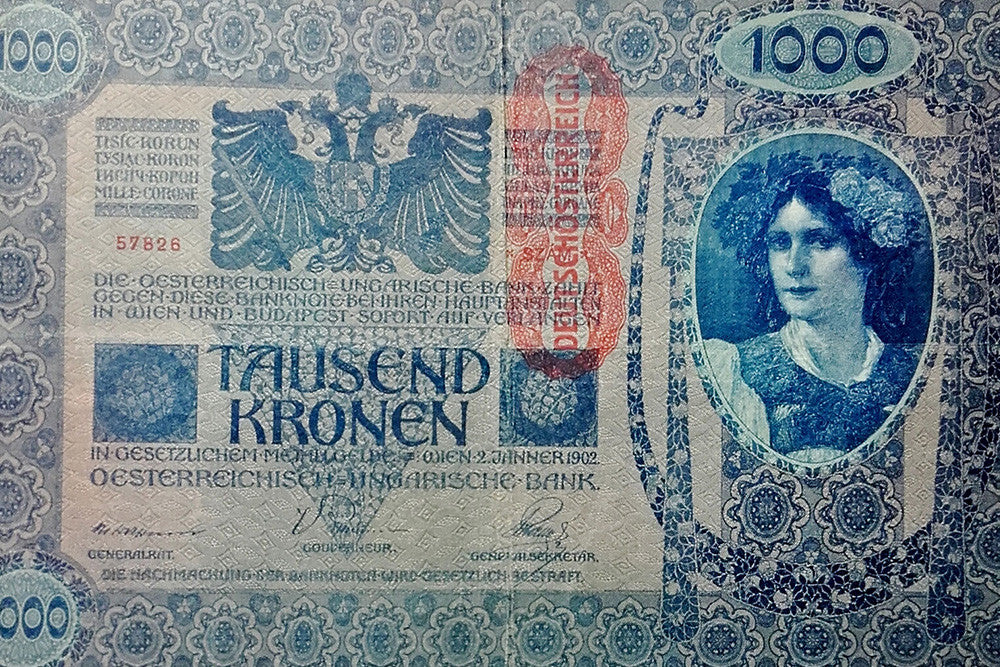The coins of the Austro-Hungarian Empire were issued in nine languages, as many as the countries that came to form this gigantic European power in the second half of the 19th century and early 20th century. Specifically, these languages were Austrian, Hungarian, Czech, Polish, Ukrainian, Italian, Slovenian, Croatian, Serbian, and Romanian. The crown was not introduced until the end of the 19th century, as the currency of the Austro-Hungarian Empire had previously been the gulden (or florin in Hungarian). In 1892, the Minister of Finance, Sándor Wekerle, decided to adopt the gold standard and introduce a new currency, the crown, which was worth half a gulden.
Each crown was divided into cents, which were called heller in Austrian or fillér in Hungarian. From 1900 onwards, the gulden disappeared completely from the Austro-Hungarian map, with the crown becoming the currency used from then on during the most turbulent years of the empire, which would soon lead to its demise.
The Austro-Hungarian Compromise
The empire was born in 1867 with the signing of the Austro-Hungarian Compromise, whereby the House of Habsburg gained power over a vast empire that would soon begin to add states, eventually reaching a total of ten.
Shortly before the First World War, the Austro-Hungarian Empire covered an area of around 700,000 square kilometers and had a population of over 50 million inhabitants, one of the highest at the time.
Exclusive piece: https://www.impacto.com/products/imperio-austro-hungaro-100-kronen-9-idiomas

